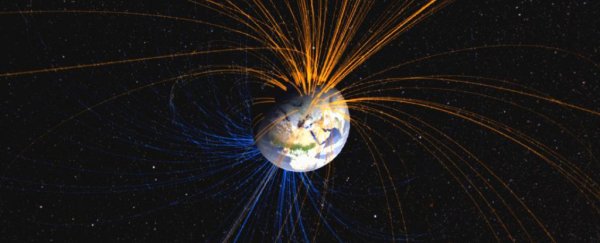Transplantology, Vol. 4, Pages 185-196: Modelling Acid-Induced Lung Damage in Precision-Cut Lung Slices: An Ex Vivo Animal Model
Transplantology doi: 10.3390/transplantology4040018
Authors: Carmen A. Moes C. Tji Gan Leonie H. Venema Roland F. Hoffmann Barbro N. Melgert Huib A. M. Kerstjens Peter Olinga Mitchel J. R. Ruigrok
Background: Donor lungs are often discarded, with gastric aspiration accounting for ~9% of lungs unsuitable for transplantation. To increase the donor pool, it is important to understand the pathophysiology of aspiration-induced lung damage (AILD) and to assess its treatment. Methods: Precision-cut lung slices (PCLS) were prepared from murine lungs and exposed to acid—pH 1.5 to 5.5—for 15 min. We also investigated whether acid-exposed slices (pH 3.5) could affect unexposed slices. In addition, we investigated whether dexamethasone (0.5 or 1 μM) could mitigate and treat the damage in each group. In each experiment (n = 3), we analyzed cell viability (ATP/protein content) and markers of inflammation (IL-1β, IL-6, TNF-𝛼, TRAIL). Results: PCLS subjected to pH 1.5–3.5 had a significantly reduced amount of ATP, albeit no increase in inflammation markers. There was no interaction of secretions from acid-exposed slices on unexposed slices. Dexamethasone had no beneficial effects in either group. Conclusion: Direct exposure to acid in the PCLS leads to a decrease in cell viability. Acid-exposed slices had no effect on the cell viability of unexposed slices. Treatment with dexamethasone offered no mitigation. More studies have to be performed to elucidate the pathophysiology of AILD and the possible treatment of aspiration-induced injury.

 6 months ago
23
6 months ago
23


